I've been wanting to do this for quite some time. I've been wanting to get a Atmega1284P off of my breadboard for quite some time. I've started doing a design a few times in the past, only to be put off by the cost of having a board made but have recently found a board fab that can make the board for a reasonably low price.
At the current time of this writing, the first revision design is not complete.
Planned features:
Pads to add a crystal
10-pin ICSP header
UART header
Reset button (about time I added one to a dev board)
a few I/O controllable LEDs
an option to add a 3-pin IR receiver



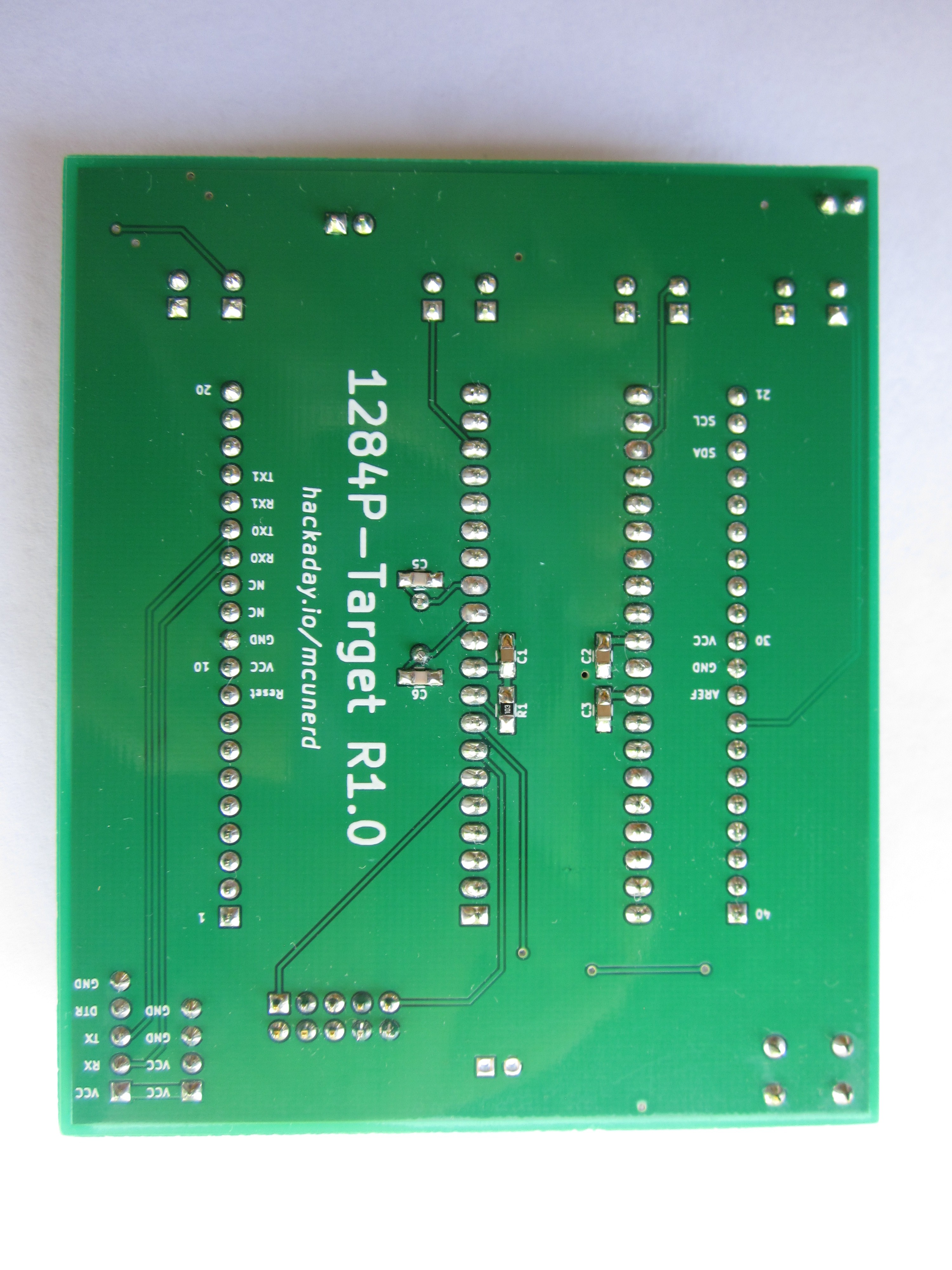
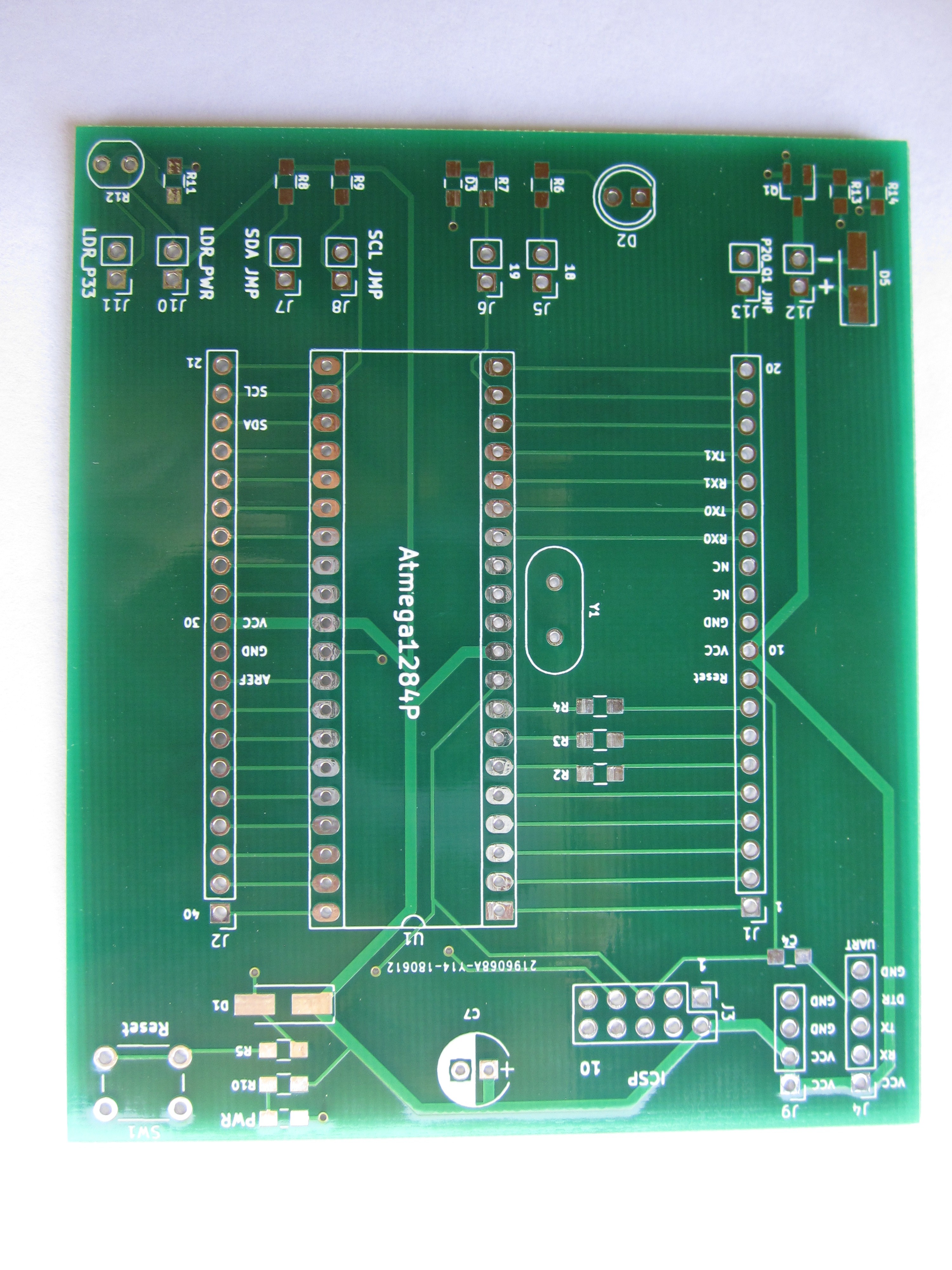

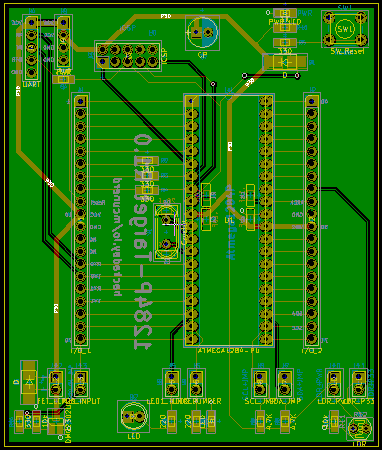
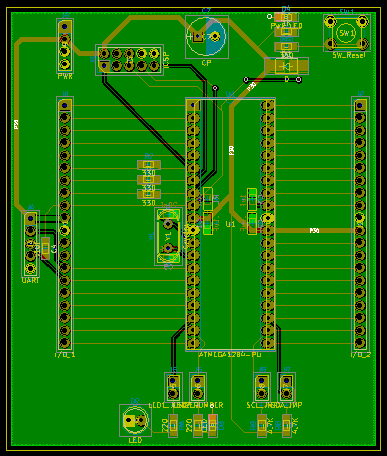
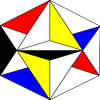


 Jackson Keating
Jackson Keating
 T. B. Trzepacz
T. B. Trzepacz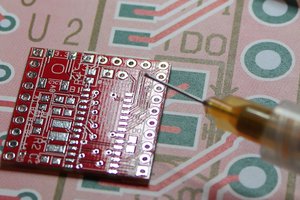

 davedarko
davedarko
Everything has already been invented ... Take protoboard-uni (any) https://hackaday.io/project/29527-protoboard-uni, if necessary, combine with the https://hackaday.io/project/159068-protoboard-uni-as-arduino-shield. Solder the required connectors, parts, etc. The result can be placed in a DIN-rail enclosure box.